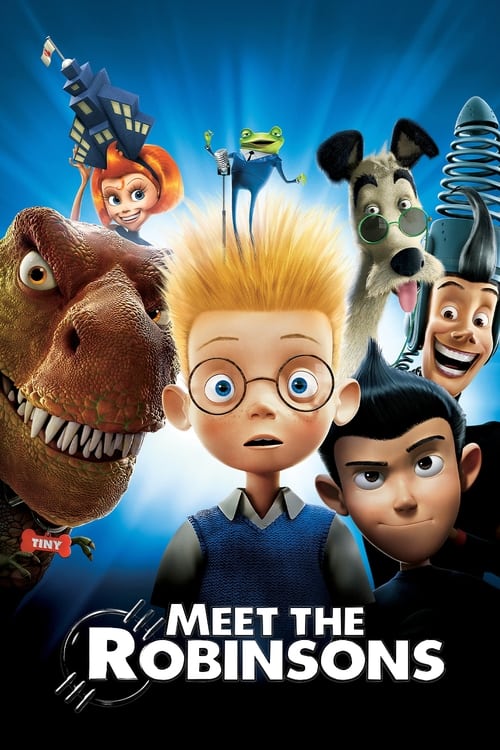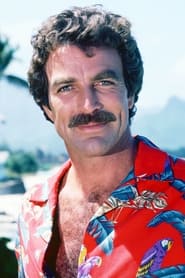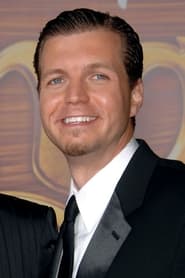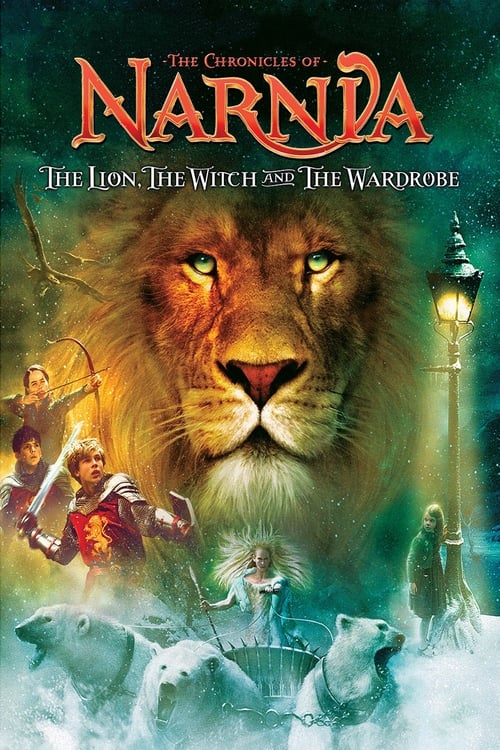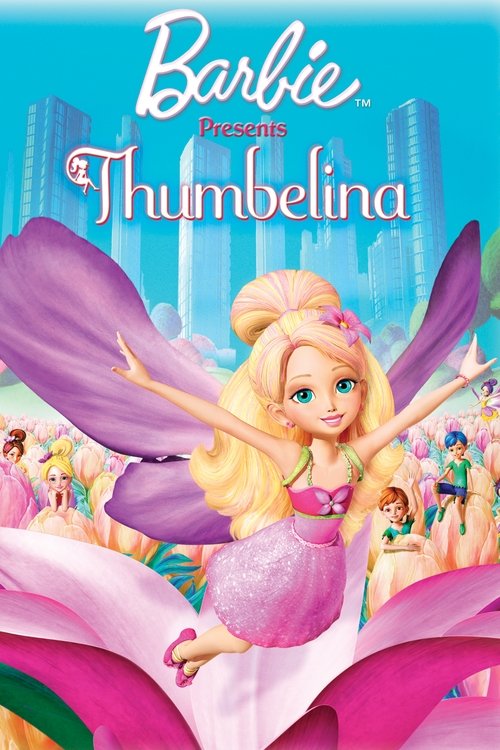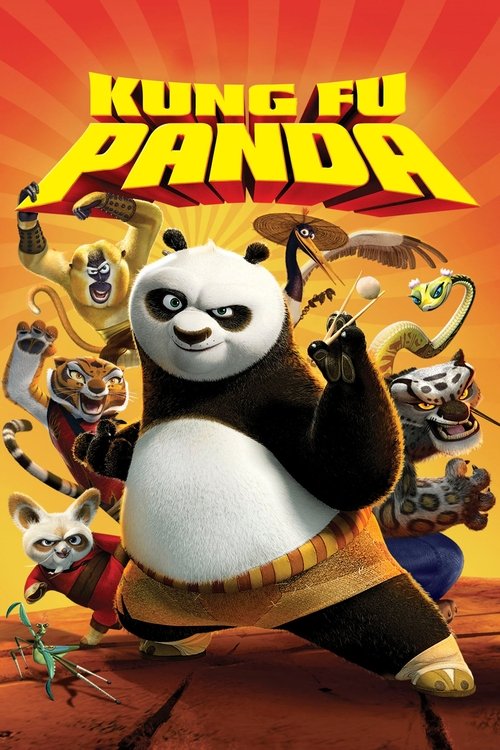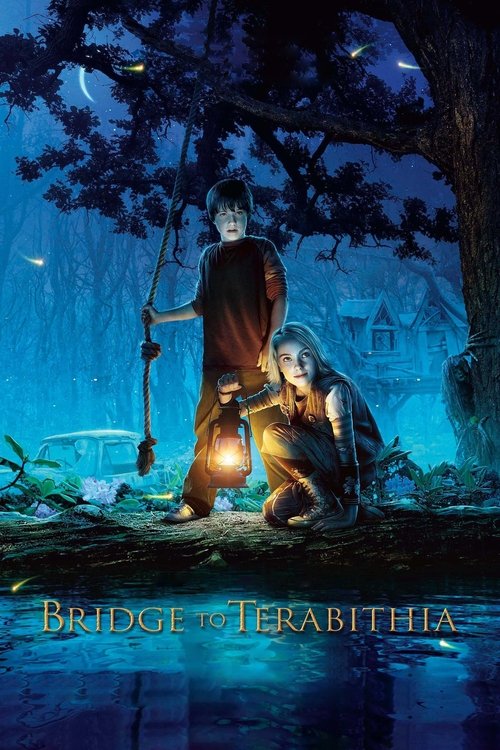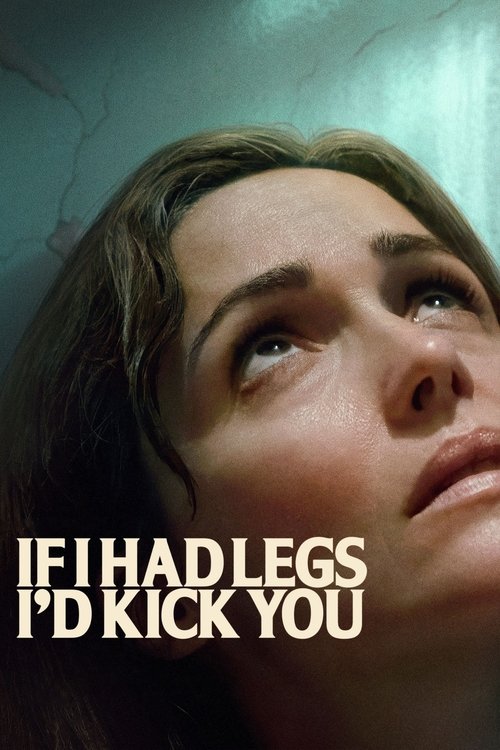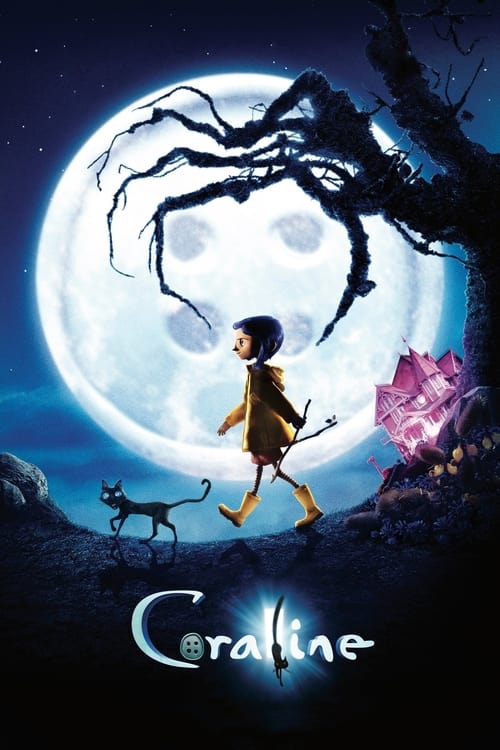
Ask Your Own Question
What is the plot?
In the rainy, somber night of 2007, a baby is left on the doorstep of the 6th Street Orphanage, setting the stage for a story about family, invention, and destiny. Inside the orphanage lives Lewis, a brilliant but socially awkward 12-year-old inventor whose eagerness to be adopted is constantly thwarted by his eccentric inventions and awkwardness. His latest creation, a peanut butter applicator, disastrously malfunctions during an adoption meeting, smearing peanut butter all over the face of a prospective adoptive father who has a severe peanut allergy. This incident not only ruins Lewis's chances with that family but also deepens his sense of isolation. Mildred Duffy, the kind-hearted head of the orphanage, encourages him despite 124 failed adoption attempts, reminding Lewis that the right family is out there somewhere.
Lewis's greatest desire is to find his birth mother, who left him at the orphanage as an infant. To do this, he invents the Memory Scanner, a device designed to scan his memories to identify her. His dedication to this project keeps his roommate, Mike "Goob" Yagoobian, awake for nights on end, causing Goob to fall asleep during a crucial Little League game, which he loses. This loss plants the seeds of resentment in Goob, though Lewis remains oblivious.
At the school science fair, Lewis meets Wilbur Robinson, a mysterious 13-year-old boy who claims to be from the future. Wilbur arrives in a time machine, urgently seeking Lewis's help to recover a stolen invention: the Memory Scanner. The thief is a sinister figure known only as the Bowler Hat Guy, a tall man wearing a robotic bowler hat named Doris. The Bowler Hat Guy has stolen Lewis's invention and plans to use it for his own nefarious purposes.
Wilbur takes Lewis to the future, to the chaotic and vibrant Robinson family home in the year 2037. The house is a kaleidoscope of futuristic inventions and eccentric family members, all warmly welcoming Lewis. The Robinsons embody the family Lewis has longed for, and their motto, "Keep Moving Forward," resonates deeply with him. They encourage Lewis to embrace failure as a stepping stone to success, a philosophy that becomes a guiding light for him.
During a lively family dinner, the Bowler Hat Guy makes a dramatic attempt to kidnap Lewis. He unleashes a hypnotized dinosaur to snatch him away. The tension escalates as Lewis and Wilbur fight off the dinosaur in a frantic struggle. Wilbur realizes the dinosaur is under hypnosis and manages to free it, turning the tide. The Robinson family's love and sacrifice become clear to Lewis in this moment, as they reveal they have given everything to protect and support him.
However, the warmth of the family is shattered when the Robinsons learn that Lewis is from the past. They initially offer to adopt him but quickly retract the offer, fearing the complications of time travel. Wilbur takes the blame, admitting he lied about taking Lewis back to see his mother. Feeling betrayed and heartbroken, Lewis runs away from the family that had just begun to feel like home.
Lewis's world turns darker when he encounters the Bowler Hat Guy again, who offers to take him to his mother. In a shocking revelation, the Bowler Hat Guy reveals his true identity: he is the adult version of Goob, Lewis's former roommate and friend from the orphanage. Goob's bitterness stems from the fact that Lewis's inventions indirectly caused him to lose the Little League game and suffer humiliation. Consumed by resentment, Goob allied with Doris, a failed Robinson invention--a robotic bowler hat with mechanical arms--to ruin Lewis's life.
Together, Goob and Doris travel back to the past to pitch the Memory Scanner to InventCo, a large corporation. Their plan succeeds in mass-producing Helping Hats, devices designed to enslave humanity under Doris's control. However, Doris ultimately betrays Goob, disposing of him and using the Helping Hats to dominate the world, erasing Wilbur from existence and transforming the future into a dystopian nightmare.
Determined to save the future, Lewis repairs the second time machine and travels back to the past to confront Goob and Doris. In a pivotal moment, Lewis vows never to invent Doris, effectively erasing her from existence and undoing the dystopian future. This act restores Wilbur and the Robinson family's hopeful future.
Lewis offers Goob a chance to join the Robinson family, extending forgiveness and acceptance. Overwhelmed by shame for his actions, Goob declines and leaves, choosing solitude over reconciliation.
The film closes with Lewis fully embraced by the Robinson family, finally finding the belonging he has long sought. The family's motto, "Keep Moving Forward," echoes as a beacon of hope and perseverance, reminding Lewis--and the audience--that failure is merely a step on the path to success and happiness.
Throughout the story, no characters explicitly die on-screen, but the Robinson family's sacrifices underscore the depth of their love and commitment to Lewis's future. The narrative weaves together themes of forgiveness, family, and the relentless pursuit of progress, culminating in a heartfelt and optimistic resolution that celebrates the power of moving forward despite setbacks.
What is the ending?
In the ending of "Meet the Robinsons," Lewis successfully defeats the villain, Bowler Hat Guy, and saves the future. He learns the importance of family and embracing his failures. The film concludes with Lewis being adopted by the Robinson family, and he finally feels a sense of belonging.
As the climax of "Meet the Robinsons" unfolds, Lewis confronts Bowler Hat Guy in a dramatic showdown. The scene is set in the futuristic world of the Robinsons, where the vibrant colors and advanced technology contrast sharply with the dark intentions of Bowler Hat Guy. Lewis, having learned from his previous mistakes, is determined to stop the villain from using the time machine to alter the future.
In a tense moment, Bowler Hat Guy attempts to escape with the time machine, but Lewis, fueled by his newfound confidence and the support of the Robinson family, devises a clever plan. He uses his intelligence and creativity to outsmart Bowler Hat Guy, leading to a chaotic chase through the streets of the future. The animation captures the fast-paced action, with Lewis dodging obstacles and using his wits to stay one step ahead.
As the confrontation reaches its peak, Bowler Hat Guy's plans unravel. Lewis, with the help of the Robinsons, manages to thwart the villain's scheme, showcasing the power of teamwork and the importance of believing in oneself. The emotional stakes are high as Lewis realizes that he is not alone; he has a family that supports him.
In the aftermath of the battle, Bowler Hat Guy is ultimately defeated, and his hat, which has been a symbol of his villainy, is rendered powerless. The scene shifts to a more reflective tone as Lewis stands amidst the chaos, contemplating his journey. He understands that his failures do not define him; rather, they are stepping stones to success. This realization is pivotal, as it marks a significant character development for Lewis.
The final scenes depict Lewis being welcomed into the Robinson family. The warmth and love of the family envelop him, contrasting sharply with his earlier feelings of loneliness and rejection. The Robinsons, with their quirky personalities and unconditional support, represent the family Lewis has always longed for. The emotional weight of this moment is palpable as Lewis embraces his new family, feeling a sense of belonging for the first time.
As the film draws to a close, the screen fades to a montage of the future, showcasing the positive impact of Lewis's choices. The Robinson family is seen thriving, and Lewis is now an integral part of their lives. Each character finds their place: Franny, the matriarch, continues to nurture the family; Cornelius, the future version of Lewis, is proud of his past; and Bowler Hat Guy, now reformed, is left to reflect on his choices.
In the final moments, Lewis looks forward with hope and determination, embodying the film's central message about the importance of family, resilience, and the courage to embrace one's failures. The screen fades to black, leaving the audience with a sense of optimism for Lewis's future and the adventures that await him with the Robinsons.
Is there a post-credit scene?
Yes, "Meet the Robinsons" features a post-credit scene. After the credits roll, the scene opens with a humorous moment involving the character of Bowler Hat Guy, who is now in a predicament. He is seen in a dark, shadowy room, where he is trying to convince a group of villains to join him in his plans for world domination. However, his pitch is met with skepticism and ridicule from the other villains, who are unimpressed by his past failures.
As Bowler Hat Guy attempts to regain their attention, he is interrupted by a sudden appearance of a giant robot, which he had previously built. The robot malfunctions and begins to wreak havoc in the room, causing chaos and panic among the villains. This scene serves as a comedic wrap-up to Bowler Hat Guy's character arc, highlighting his continued misadventures and failures, while also providing a light-hearted conclusion to the film. The humor and absurdity of the situation leave the audience with a final chuckle, reinforcing the film's themes of perseverance and the importance of family.
What is Lewis's invention that he is trying to showcase at the science fair?
Lewis is trying to showcase a memory scanner, a device designed to help people remember their past experiences. He hopes that this invention will impress the judges and help him find a family.
Who is the mysterious boy that Lewis meets in the future, and what is his connection to Lewis?
The mysterious boy is Wilbur Robinson, who reveals himself to be Lewis's future son. Wilbur travels back in time to help Lewis avoid a disastrous fate and to encourage him to embrace his future.
What role does the villain, Bowler Hat Guy, play in the story, and what is his ultimate goal?
Bowler Hat Guy, whose real name is Goob, is a former friend of Lewis who becomes bitter after being abandoned. His ultimate goal is to steal Lewis's invention, the memory scanner, to alter the future and take revenge on Lewis for his perceived wrongs.
How does Lewis's relationship with his adoptive family evolve throughout the film?
Lewis initially feels rejected and alone, longing for a family that will accept him. As he travels to the future and meets the Robinsons, he learns the importance of family, acceptance, and love, ultimately realizing that he is worthy of being part of a family.
What is the significance of the phrase 'Keep Moving Forward' in the context of the story?
The phrase 'Keep Moving Forward' is a central theme in the film, representing the idea of perseverance and learning from failures. It is a mantra that Lewis learns from the Robinson family, encouraging him to embrace his mistakes and continue striving for his dreams.
Is this family friendly?
"Meet the Robinsons" is generally considered a family-friendly film, suitable for children and audiences of all ages. However, there are a few scenes and aspects that might be potentially objectionable or upsetting for some children or sensitive viewers:
-
Orphanage Setting: The film begins with a portrayal of an orphanage, which may evoke feelings of sadness or concern for children who are sensitive to themes of abandonment or loneliness.
-
Emotional Moments: There are scenes that explore themes of rejection and the fear of not being accepted, particularly as the protagonist, Lewis, grapples with his past and his desire for a family.
-
Villainous Character: The character of the Bowler Hat Guy, who serves as the antagonist, has a somewhat menacing demeanor and engages in schemes that could be frightening for younger viewers.
-
Chase Scenes: There are action sequences that involve chases and confrontations, which may be intense for some children, particularly when the characters are in danger.
-
Time Travel Consequences: The concept of time travel and its implications can be complex and might confuse younger viewers, as well as introduce themes of altering the past.
-
Loss and Regret: Characters express feelings of loss and regret, which may resonate deeply and evoke emotional responses from sensitive viewers.
Overall, while the film contains these elements, it also emphasizes positive messages about family, perseverance, and the importance of embracing one's future.

